
Have you ever heard the classic song, "Dem Bones"? The lyrics tell a simple, yet profound story: "the thigh bone's connected to the hip bone, the hip bone's connected to the back bone..." This simple tune illustrates a fundamental truth about the human body: everything is connected. As a Houston Podiatrist, I've spent over 20 years observing this principle in action, particularly in the relationship between your feet and your back.
The connection might seem far-fetched, but it’s a reality I see every week in my practice. I'll never forget one of my earliest introductions to podiatry, which involved a family friend who was scheduled for back surgery. Before the procedure, his podiatrist friend suggested he try a pair of custom orthotics to help his back. He couldn't see the correlation, but he agreed. To his amazement, the custom foot orthotics cured his back pain, and the surgery was canceled. This story has stayed with me, and it perfectly illustrates the central point of this article: your feet could be the root cause of your back pain, or vice versa.
With millions of people suffering from low back pain every day, it's a widespread problem. Many tend to blame their pain on stress, lack of sleep, poor posture, or aging. While these can be contributing factors, the truth is that a significant number of lower back pain cases stem from issues with the muscles, ligaments, joints, and bones of the spine itself. In fact, research from the American Academy of Orthopedic Surgeons suggests that up to 80% of patients with lower back pain report symptoms related to foot disorders. This is because your feet are the foundation of your body, and any instability or imbalance at the base can be transmitted all the way up the kinetic chain, putting stress on your knees, hips, and back.
The "Dem Bones" Connection: How Your Feet Affect Your Back
The human body is a marvel of engineering, and its parts are designed to work in harmony. Your feet are your primary shock absorbers, and their ability to function properly is crucial for a pain-free existence. When a problem arises in the feet, the body compensates, and that compensation often leads to pain and discomfort in other areas. The relationship between foot pain and back pain is often a two-way street—a foot issue can cause back pain, and a back issue can cause foot pain.
One of the most common ways this manifests is through the sciatic nerve. The sciatic nerve is a large nerve that runs from the lower part of your spine, through your buttocks, and all the way down each leg. It’s a crucial pathway responsible for carrying signals between the brain and the rest of the body. The sciatic nerve is actually composed of five separate nerves that branch off from the spinal cord, traveling along the side of your pelvis and down your legs to muscles and joints in your hip, knee, ankle, foot, and toes.
When something compresses or irritates this nerve—a herniated disc, for example—you can experience a variety of symptoms. You might notice numbness, tingling, burning, weakness, or pain in the bottom of your foot. This pain can also radiate through your buttocks, hips, thighs, knees, and back. While the back problem is the source, the foot pain is a direct symptom, and treating the foot pain alone will not resolve the root cause.

What is the Cause of Back Pain?
The most frequent cause of the back-and-foot connection is rooted in biomechanics. Biomechanics refers to the way your body moves, and any problems with this movement can lead to a domino effect of pain. I see three primary biomechanical issues that lead to back pain.
1. Limb Length Discrepancy
This is more common than you might think. A limb length discrepancy can be structural, meaning one leg bone is physically shorter than the other, creating a permanent imbalance. It can also be functional, caused by something in your environment or daily habits. For instance, in many cities, roads are banked for drainage, so if you walk or run on the side of the road, one leg is consistently lower than the other. This creates a functional limb length difference that can cause significant back pain over time. This imbalance forces your pelvis and spine to twist and compensate with every step, putting immense strain on your lower back.
2. Pronation
Pronation is the natural inward or outward roll of the foot as you walk or run. It’s an essential part of the gait cycle, but problems arise when you over-pronate or under-pronate.
Under-pronation (or supination): This typically occurs in people with a high-arched foot. The inner portion of the foot rolls outwards during the gait cycle. The foot becomes a rigid lever, which is great for push-off but terrible for shock absorption. The lack of cushioning forces the shock to be transmitted up the leg, putting excessive stress on the knees, hips, and ultimately, the lower back. This constant jarring can lead to chronic back pain.
Over-pronation: This is a common issue for people with flat feet. The outer part of the foot rolls inward during the gait cycle. This forces the foot to become unstable, and the instability travels up the leg. The muscles in your knees, hips, and back are then forced to work much harder to provide stability, leading to muscle strain, fatigue, and pain. The constant compensation from your core and back muscles to maintain balance can be a significant source of low back pain.
This instability can also cause problems in the feet themselves, with toes rolling inward and becoming susceptible to injuries such as hammer toes and bunions, and ankles becoming weak and unstable from bearing excessive weight.
3. Flat Feet and High Arches
Flat feet (low arches) or high arches can alter how weight is distributed across the foot, leading to uneven pressure on joints and ligaments. Without proper support, the arches collapse under pressure, causing stress on the knees, hips, and lower back. Custom orthotics, like those from PCSsole, can stabilize the foot, restore proper alignment, and reduce strain on the entire body.

The Importance of Proper Footwear and Support
Many people don't realize that their choice of footwear can directly contribute to their back pain. Wearing shoes that aren’t supportive or that are poorly fitting puts extra pressure on your entire body. High heels, for example, shift your body weight forward, forcing your back to arch unnaturally. Walking barefoot for long hours, especially on hard surfaces, removes all shock absorption and puts direct stress on your arches and spine. Carrying heavy bags on one shoulder can also create a functional imbalance that causes your back to compensate.
A pair of comfortable, well-fitting shoes is more than just a matter of fashion—it’s a critical component of your overall health. Your feet are designed to absorb impact forces and distribute weight evenly. Without adequate support, your arches can collapse under pressure, putting immense stress on your joints and ligaments. This leads to a chain reaction of discomfort in your knees, hips, and lower back.
Choosing the right shoe is paramount because many people spend most of their day in them. A properly fitting shoe provides the necessary protection and support for your feet, which in turn helps keep your back in good condition and prevents it from hurting.

The Proven Solution: Stabilizing Your Base
The good news is that when the relationship between your foot pain and back pain is identified, the treatment is often straightforward. The solution lies in providing the support your feet need to function as they were designed.
Custom Orthotics and Medical-Grade Insoles: Just like my friend whose back surgery was canceled, a good medical-grade insole or custom orthotic can be the key to your relief. These devices are designed to stabilize your feet, correct biomechanical issues like pronation, and provide the shock absorption your feet may be lacking. By stabilizing your base of support, you allow your feet to take on a stronger effort and take the pressure off your back.
Properly Fitting and Supportive Shoes: Orthotics work best when paired with the right shoes. Look for comfortable shoes that are well-fitting and provide excellent support for your feet and ankles. A sturdy, stable shoe can go a long way in protecting your feet, legs, and back during all your physical activities.
Stretch and Strengthen: Incorporate foot and leg stretches into your daily routine to improve flexibility and reduce muscle tension. Exercises like calf stretches or toe curls can prevent cramps and improve circulation.
Maintain a Healthy Weight: Excess weight puts additional strain on your feet and back. A balanced diet and regular exercise can help reduce this burden.
Check Your Posture: Poor posture can exacerbate both foot and back pain. Practice standing and sitting with your shoulders back and weight evenly distributed.
Stay Hydrated: Dehydration can contribute to muscle cramps, which may worsen foot and back pain. Drink plenty of water throughout the day.
In conclusion, while not all back pain is related to your feet, the connection is surprisingly common. If you have been suffering with back pain and other treatments haven’t worked, it’s worth considering whether the problem is starting from the ground up. Taking the time to pay attention to your foot health and taking preventative measures can make a world of difference. Don't hesitate to get your feet checked by a professional.


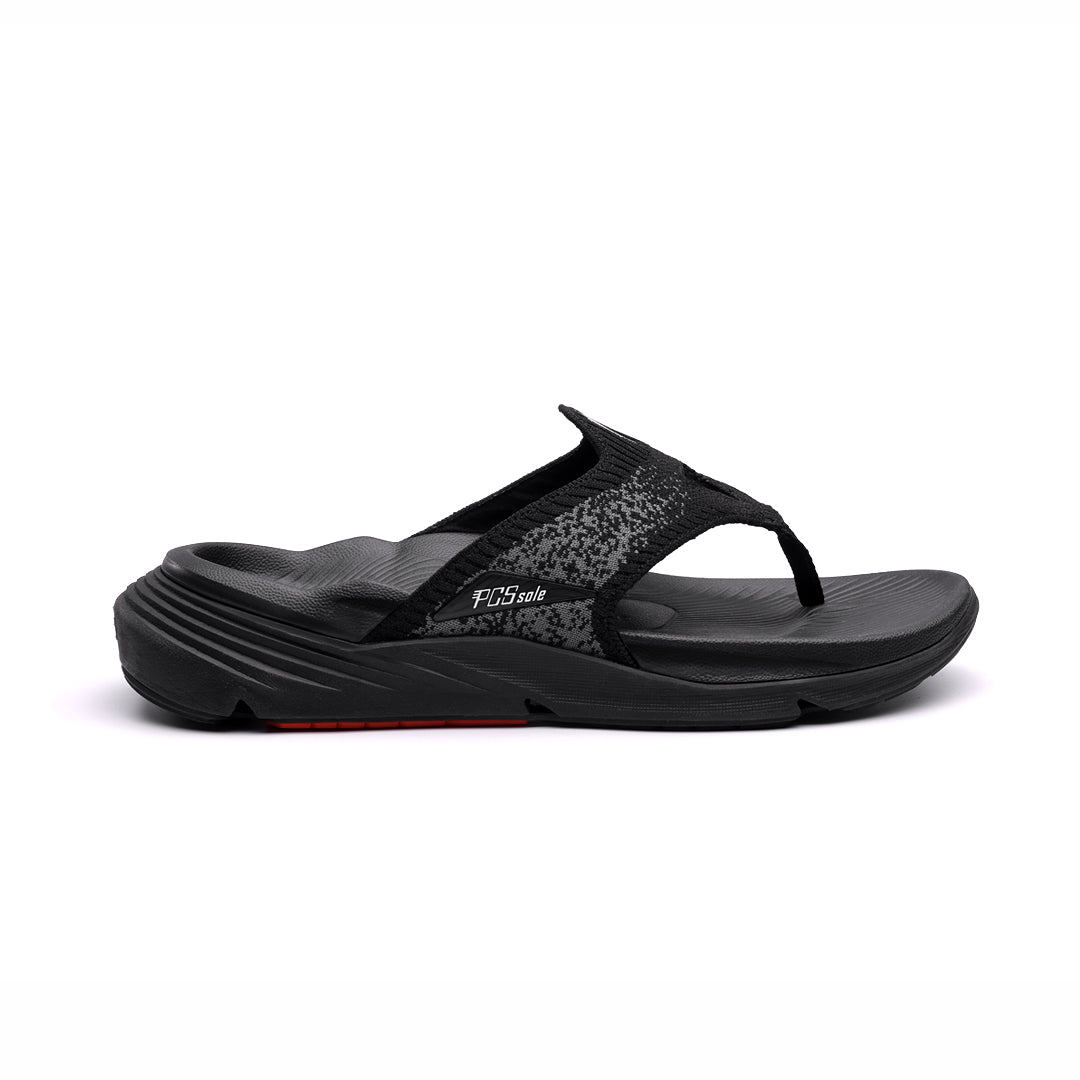

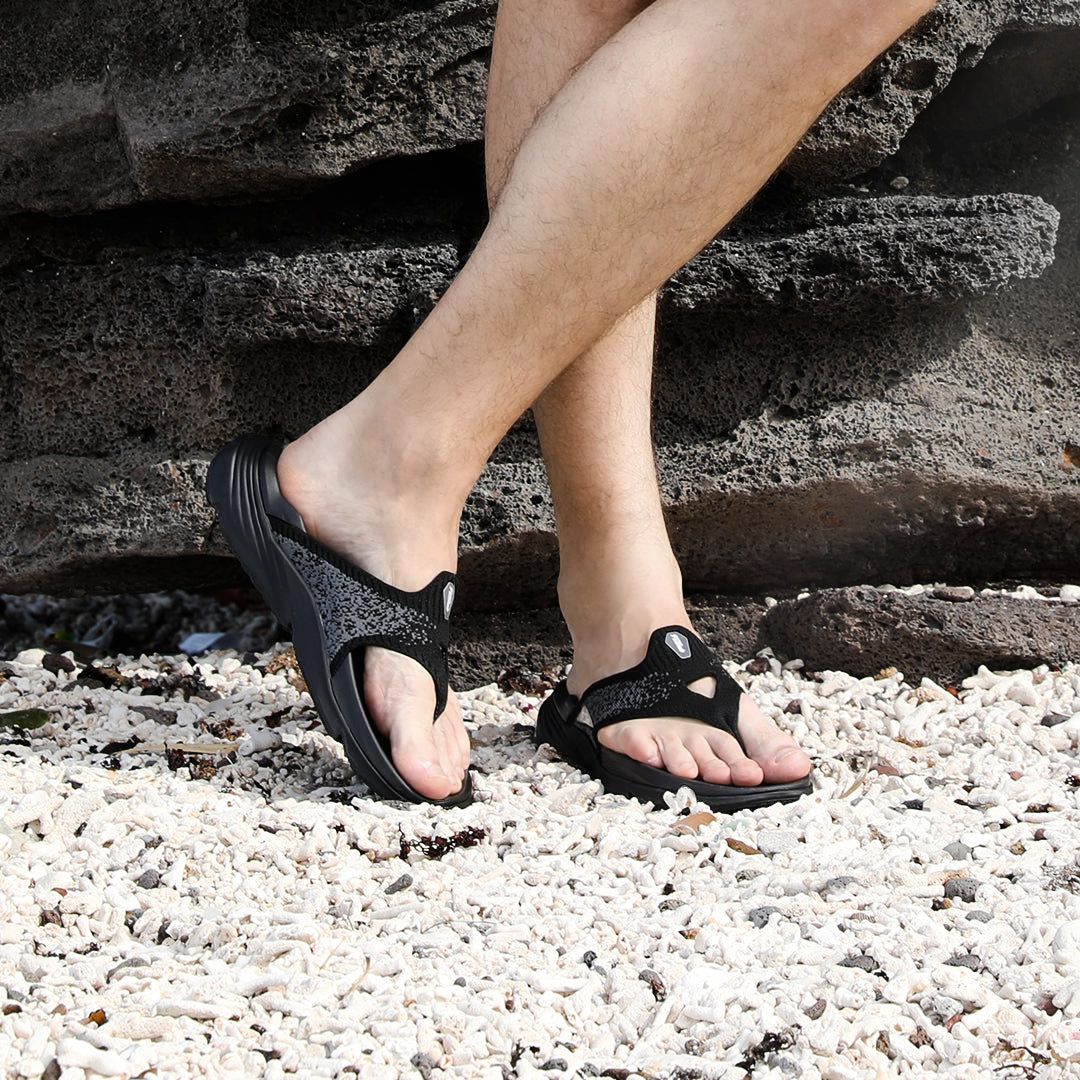
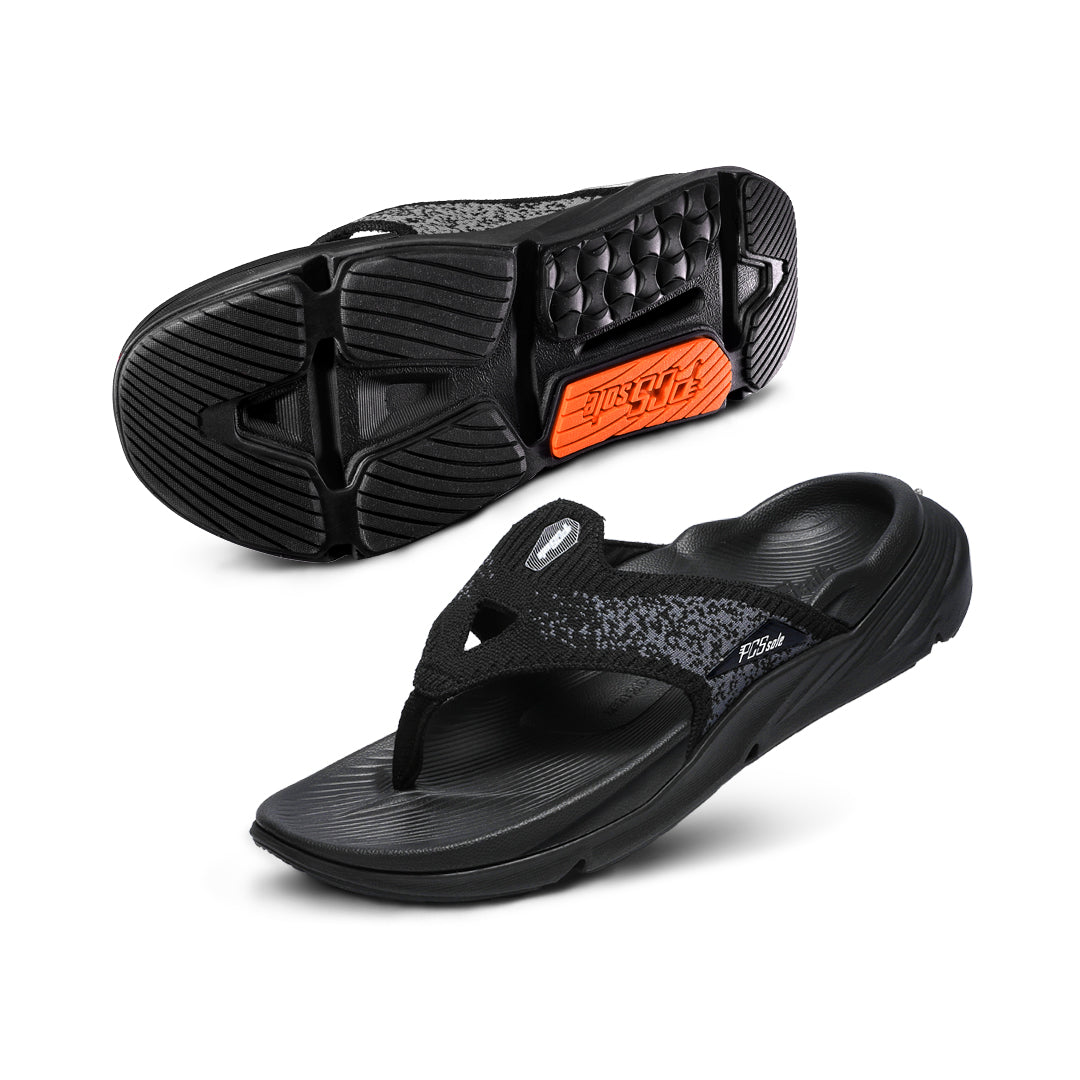
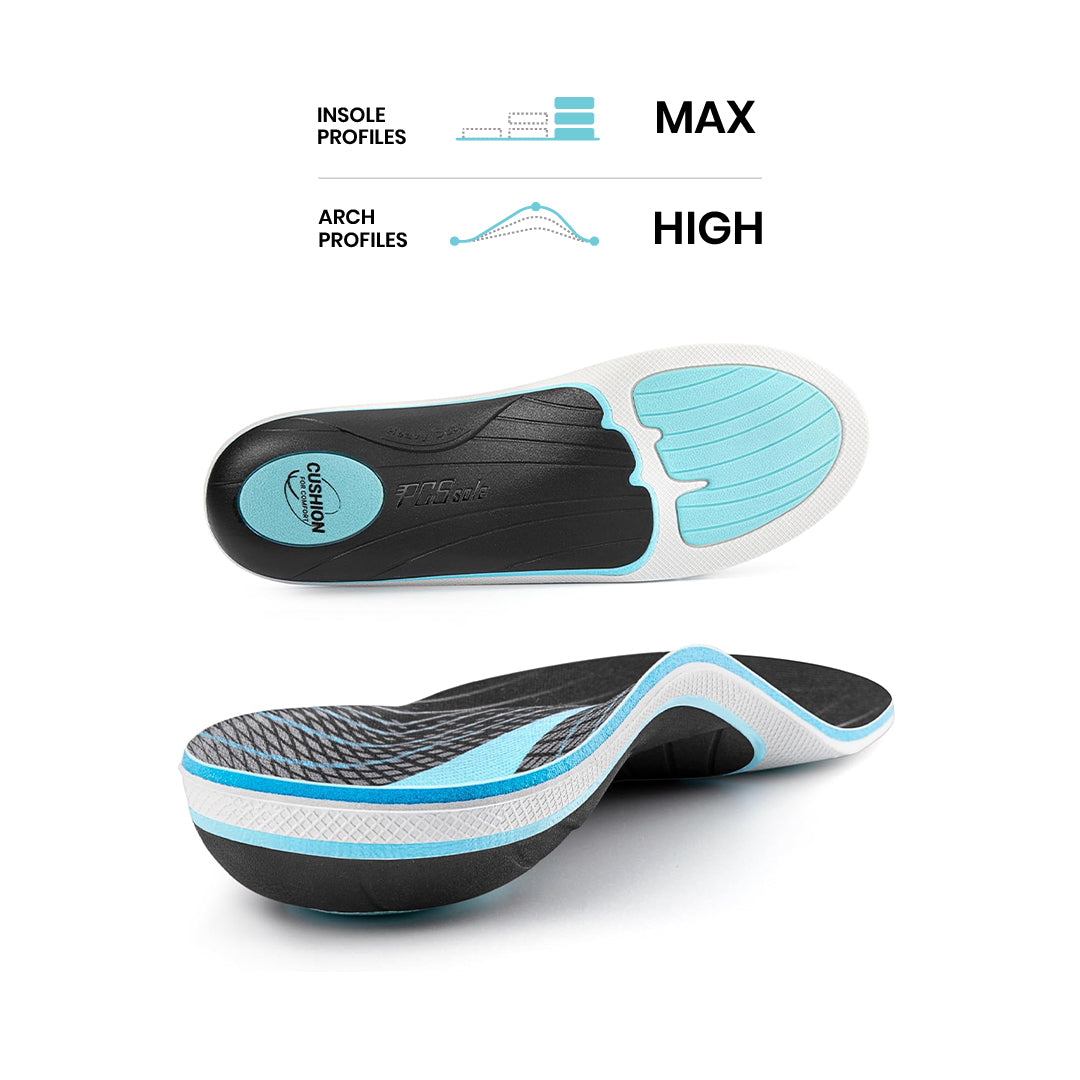
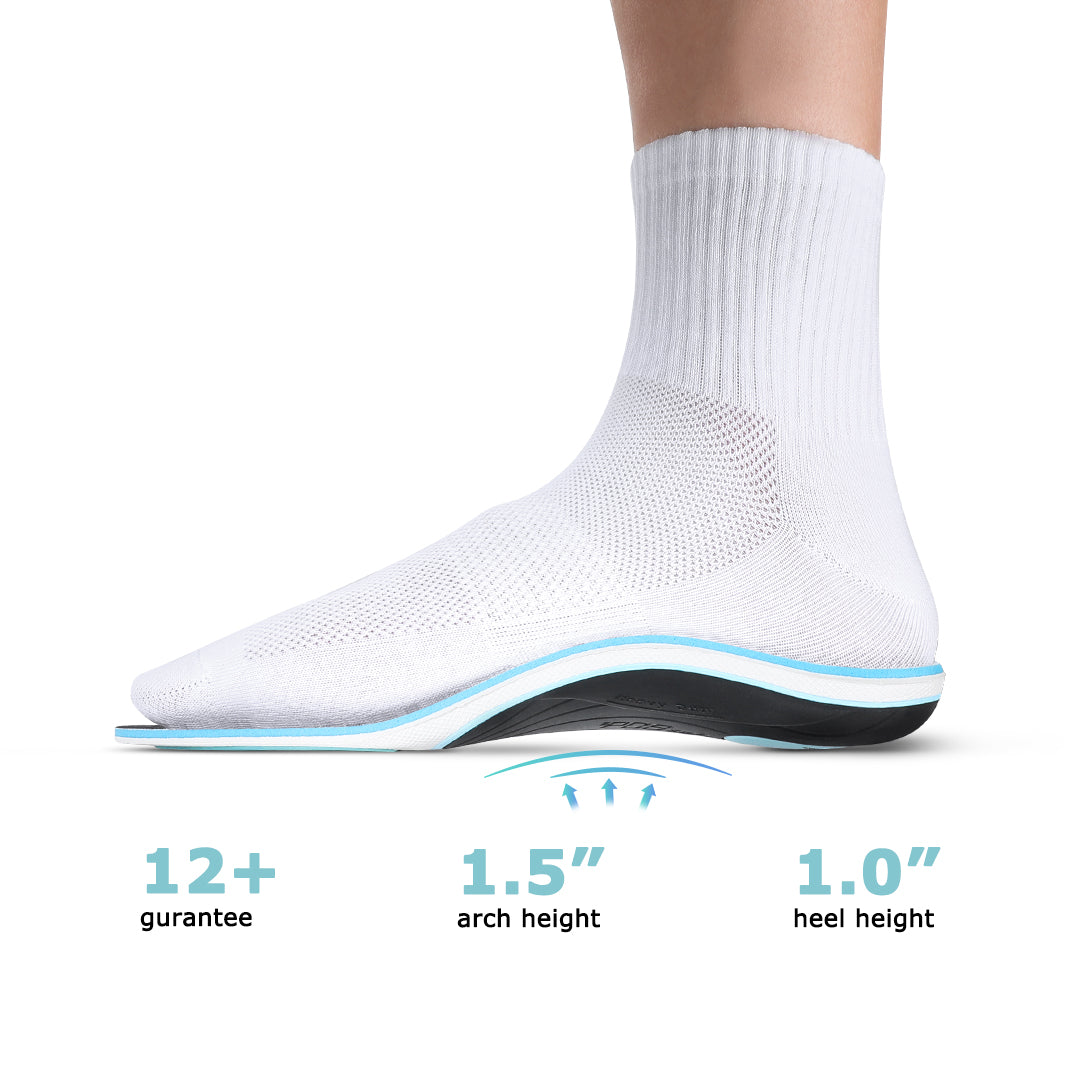
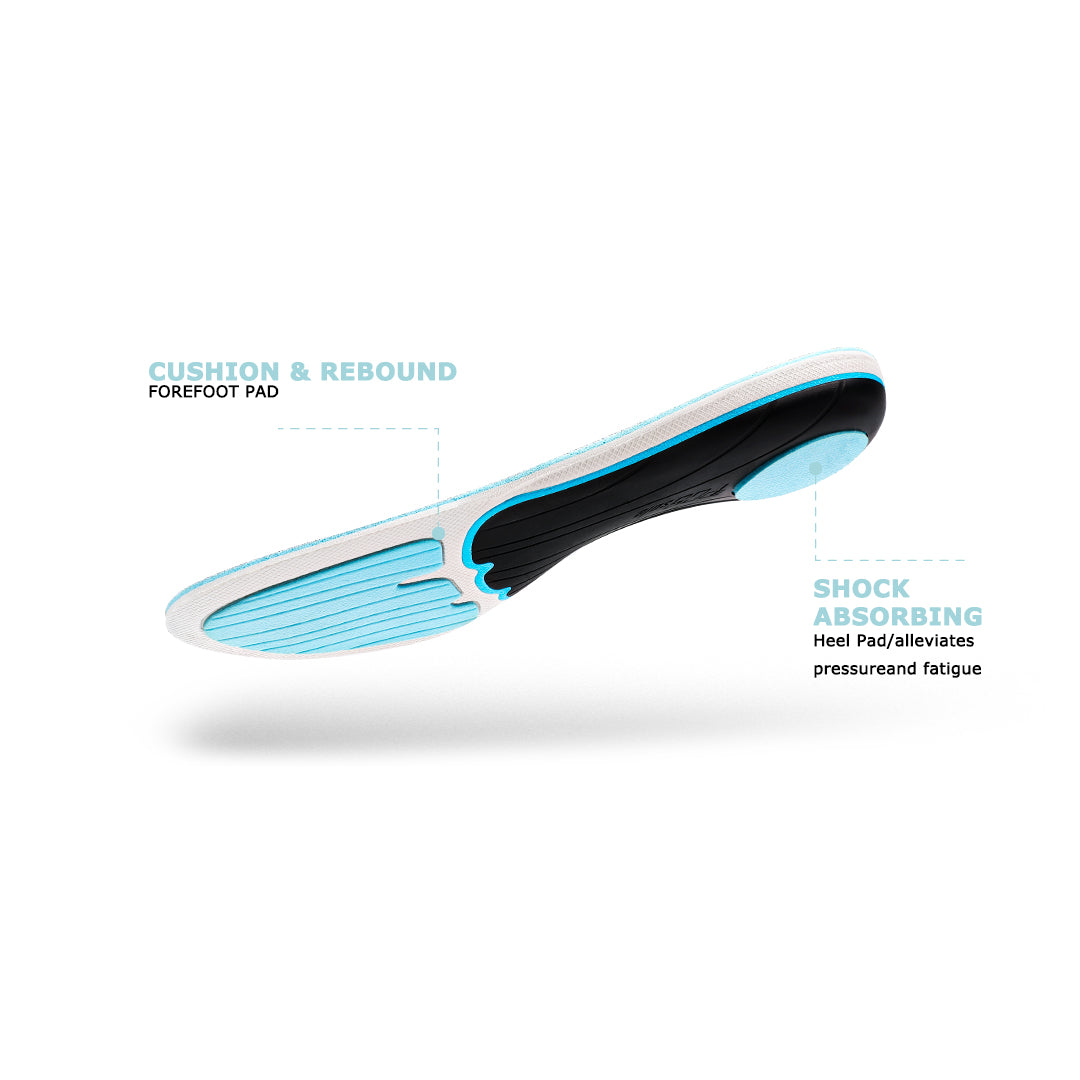
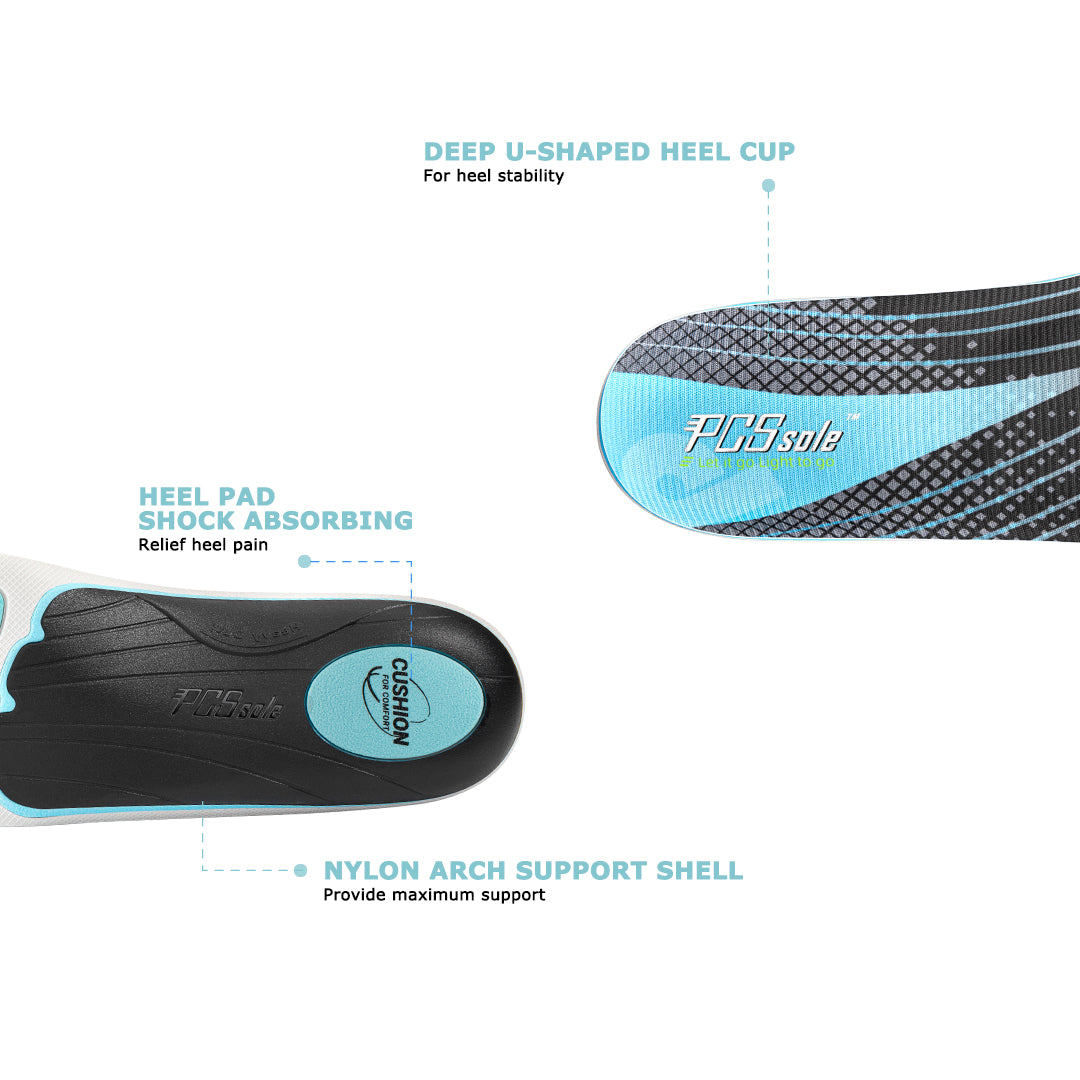
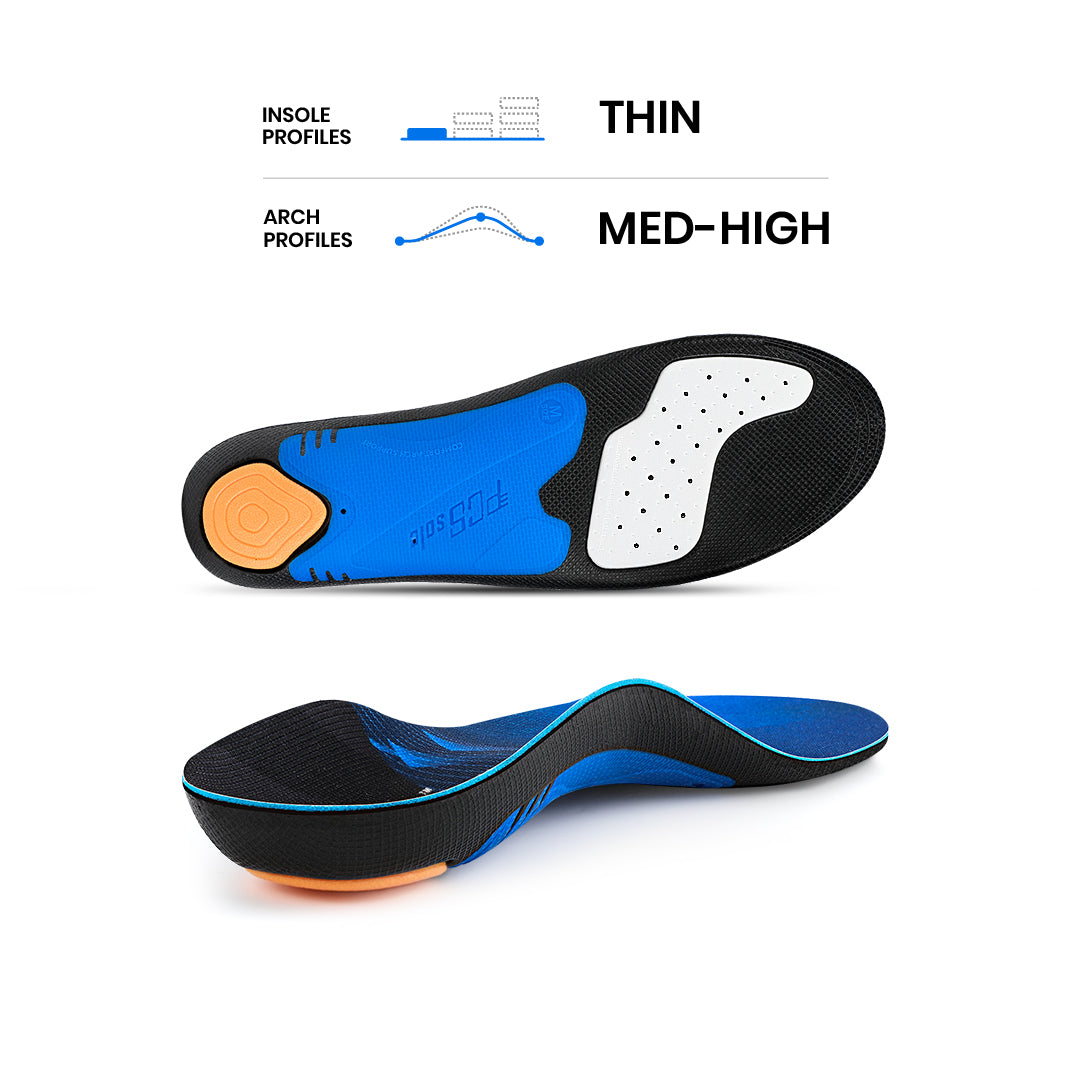
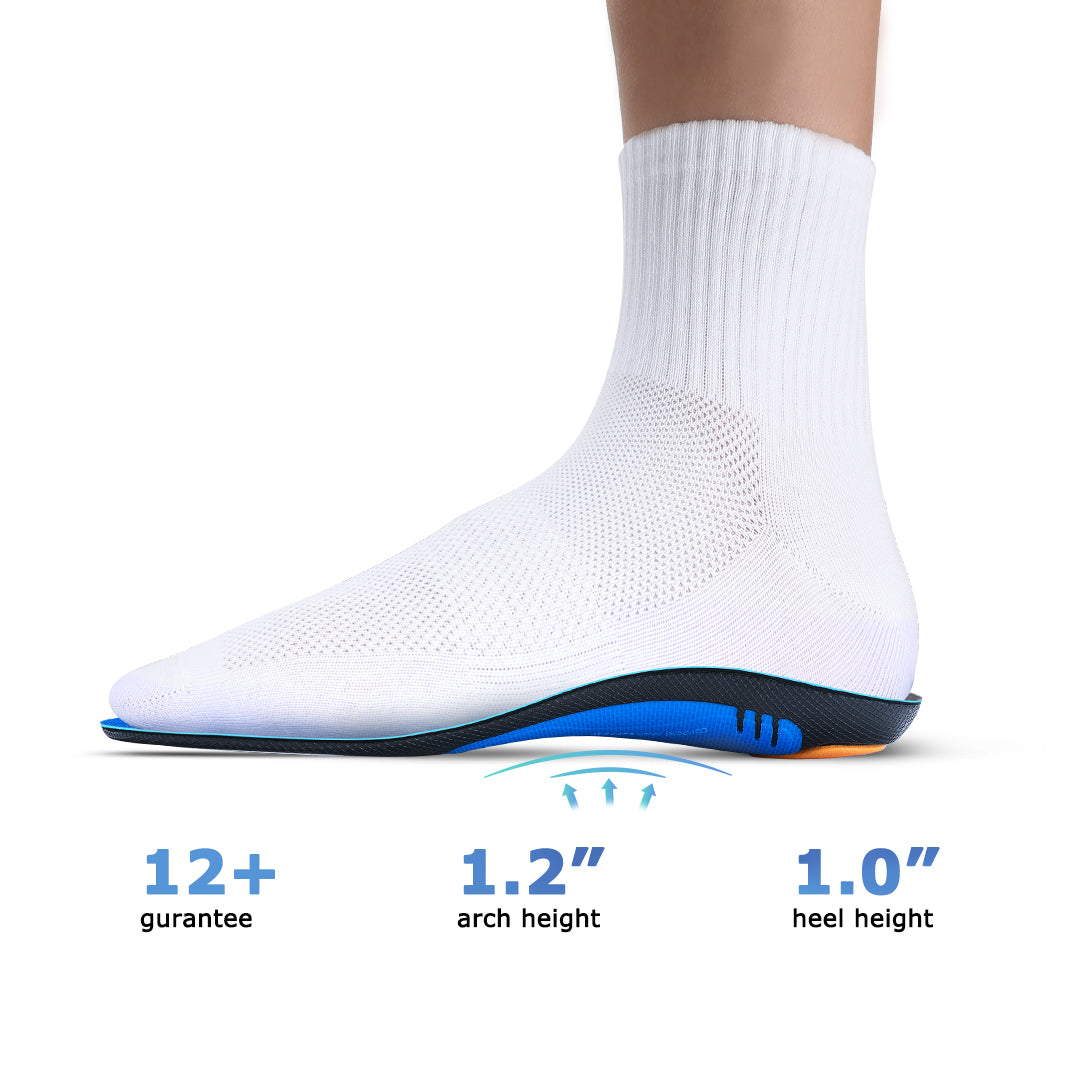
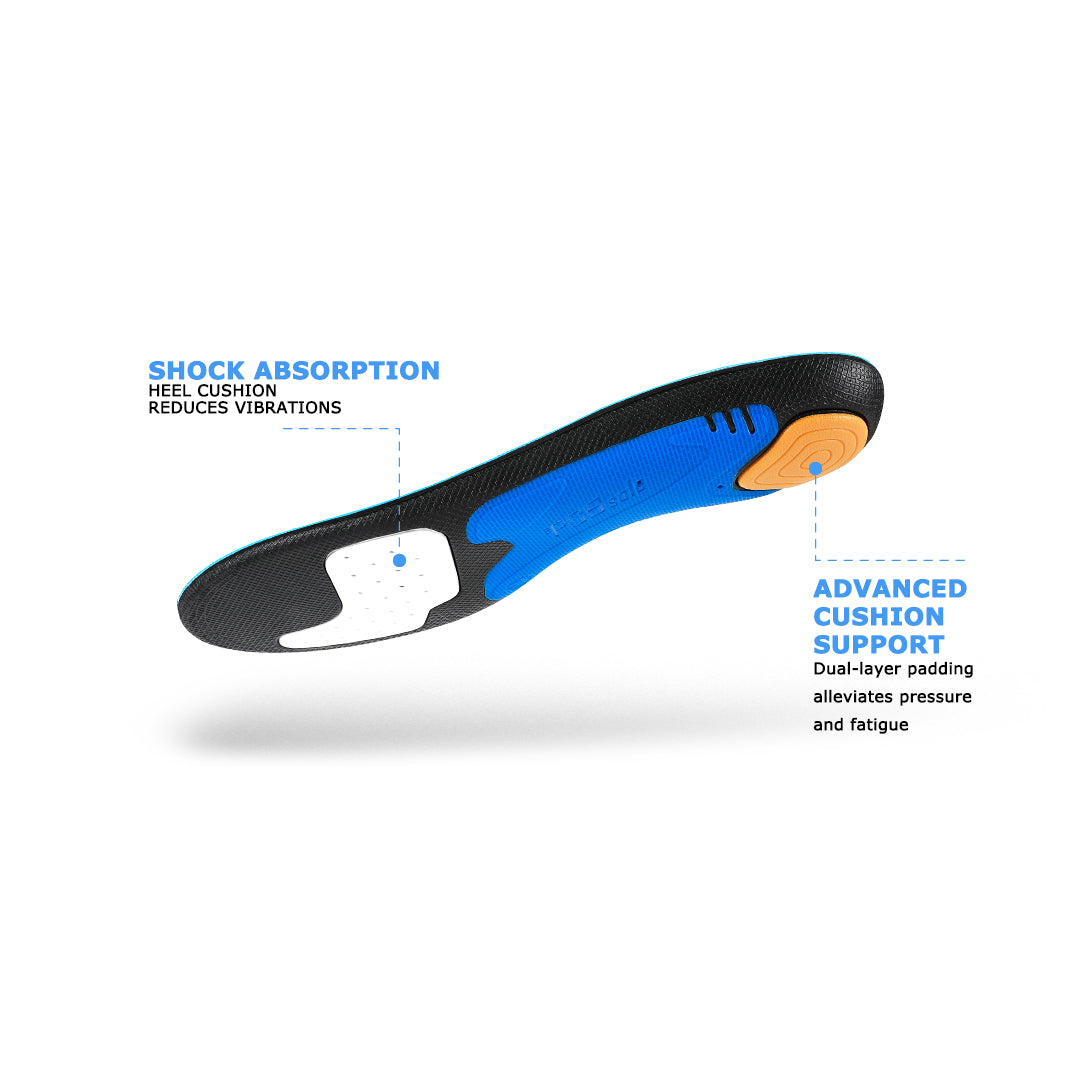
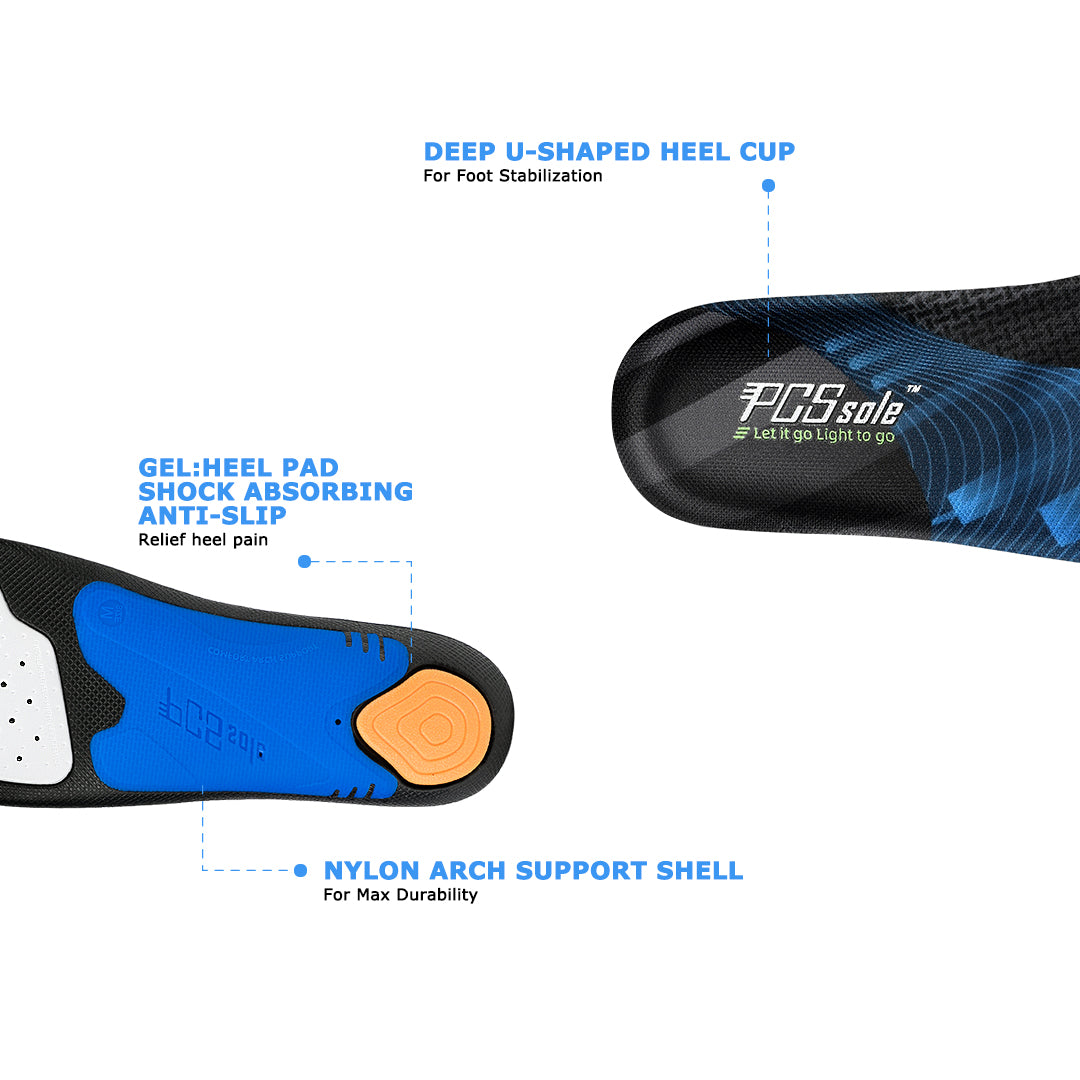
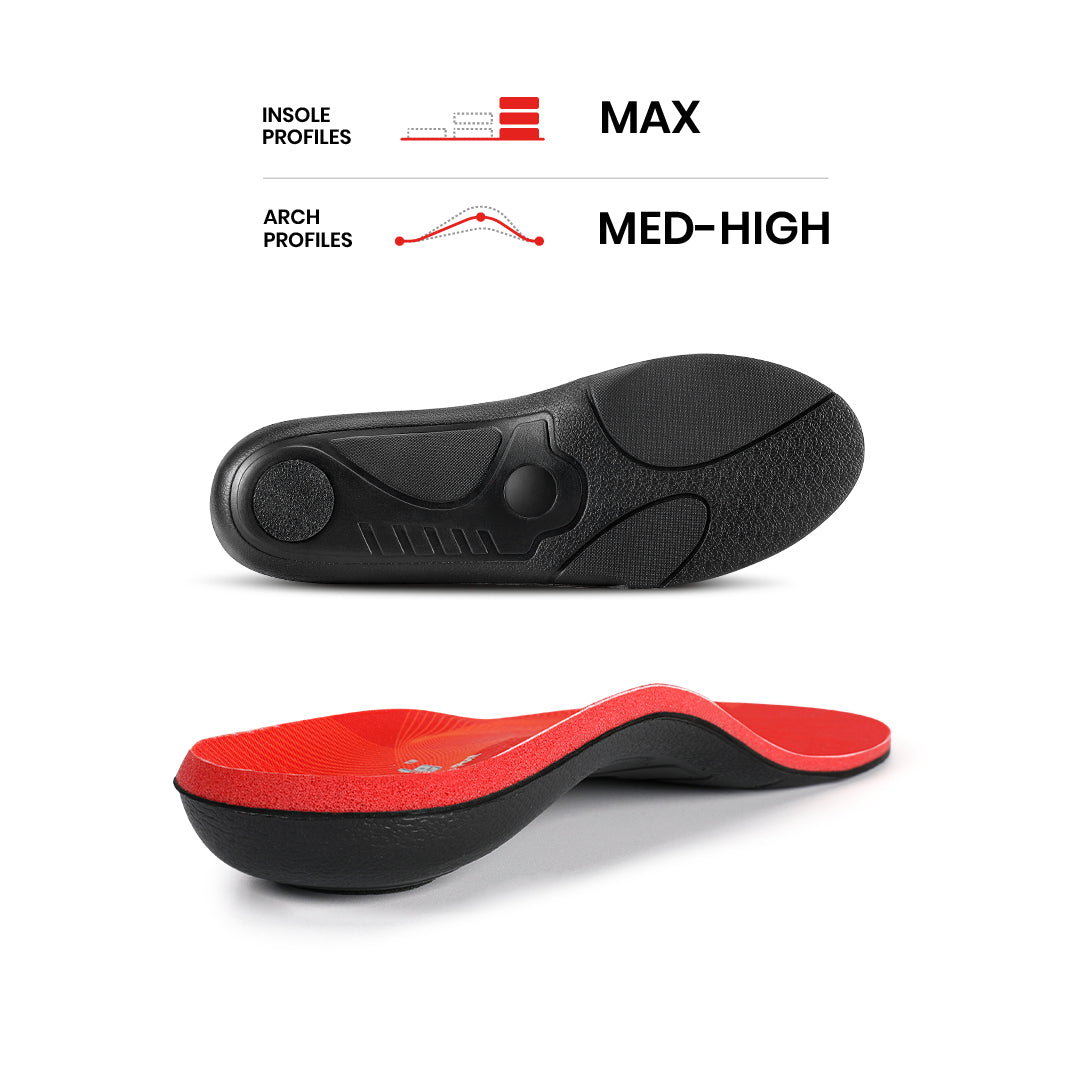
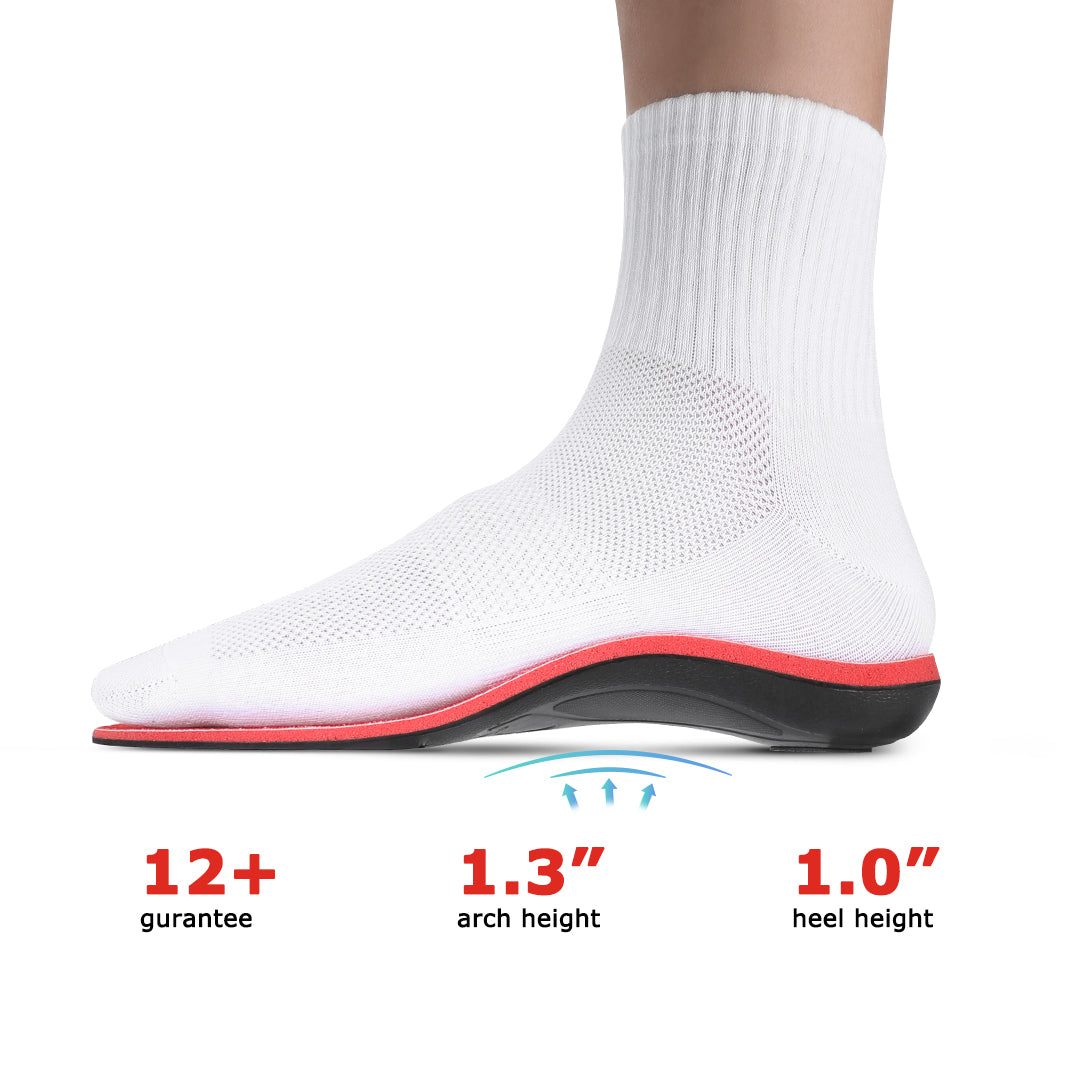
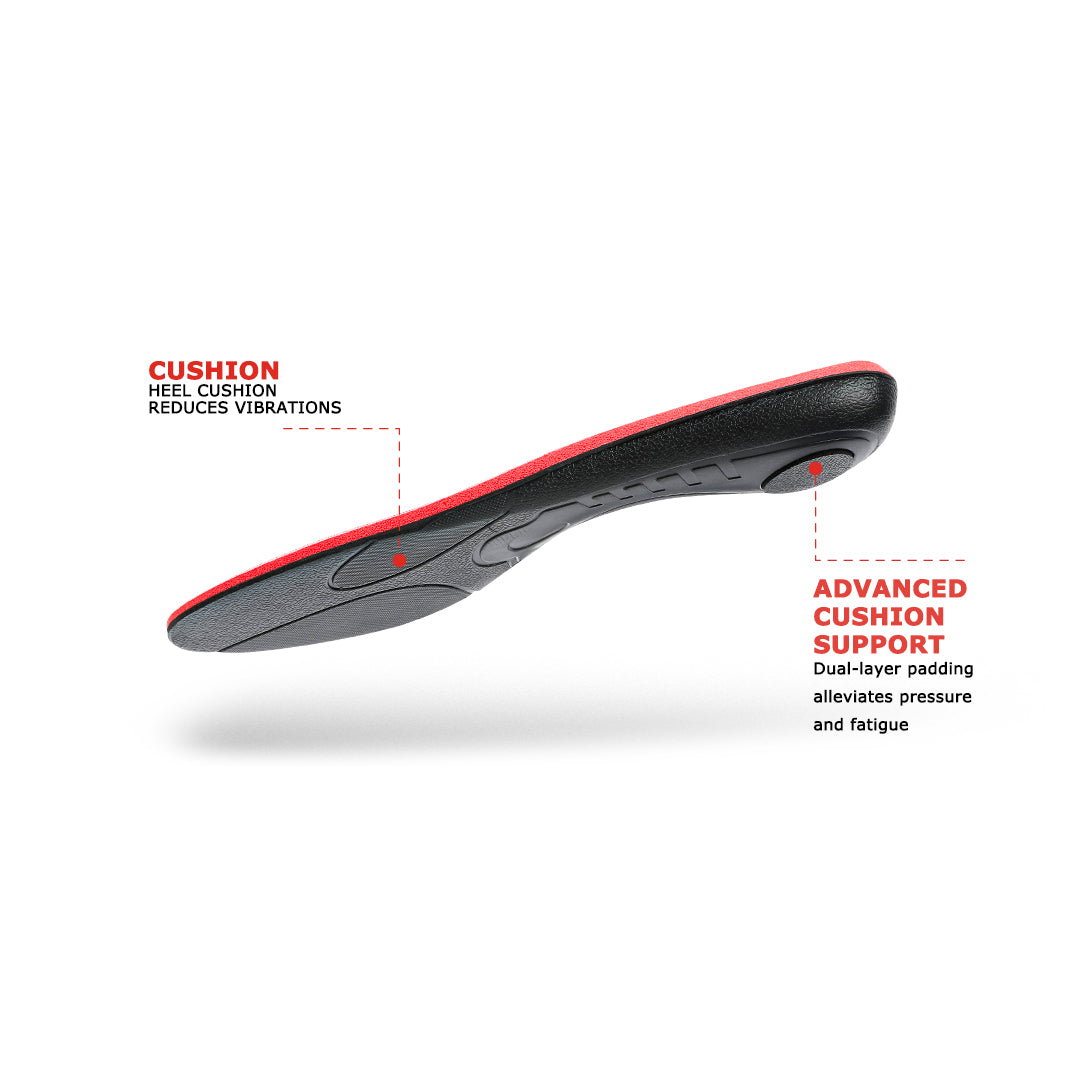
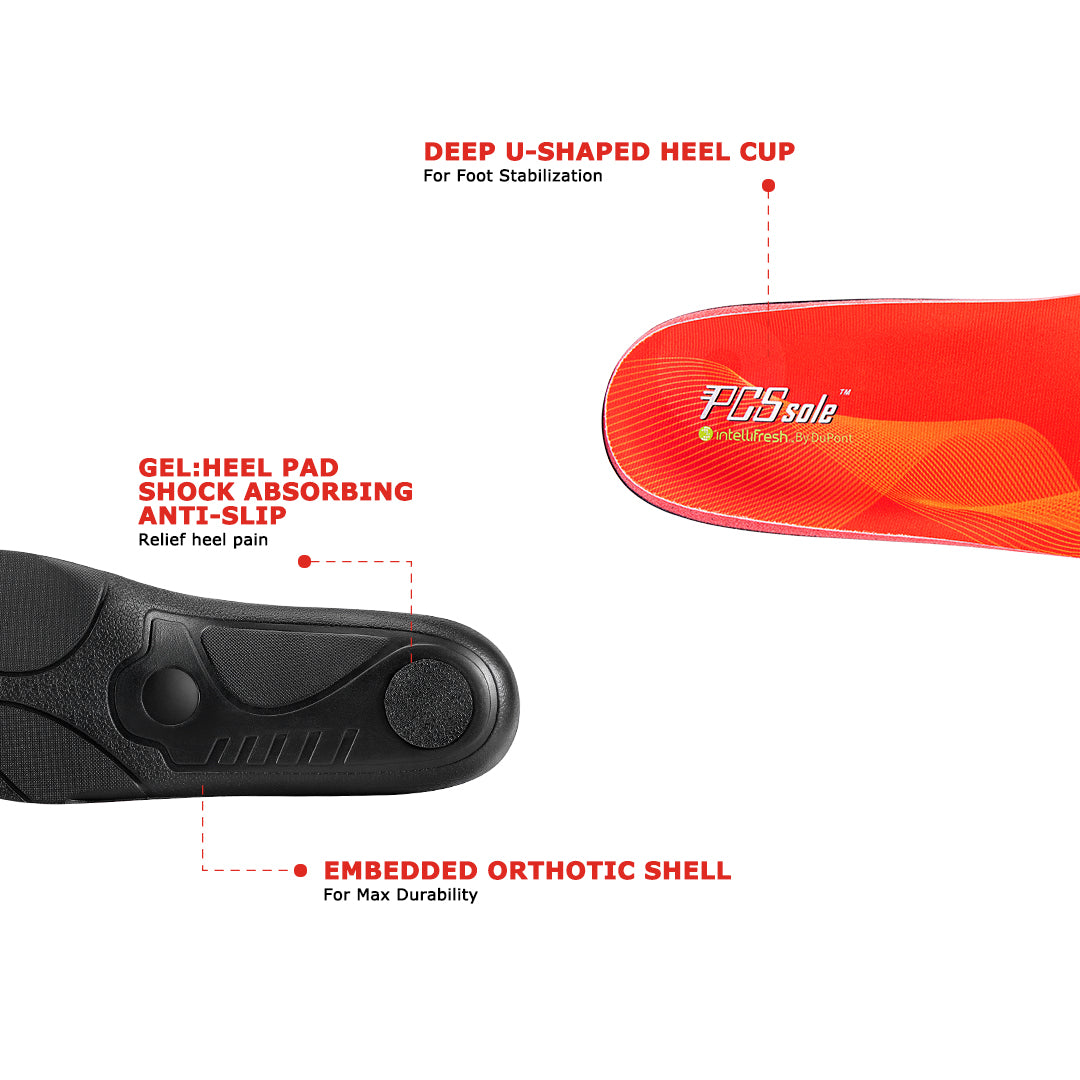
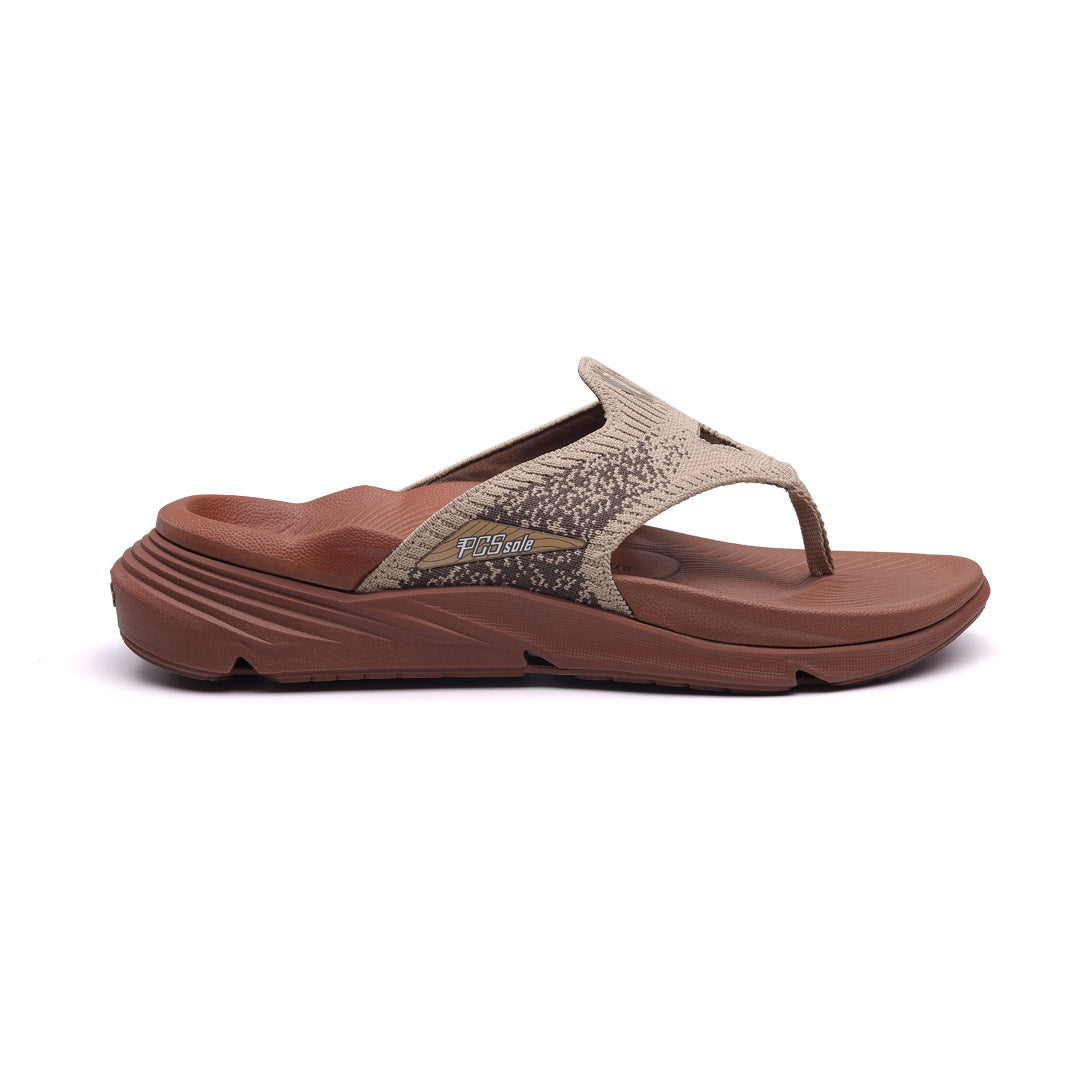


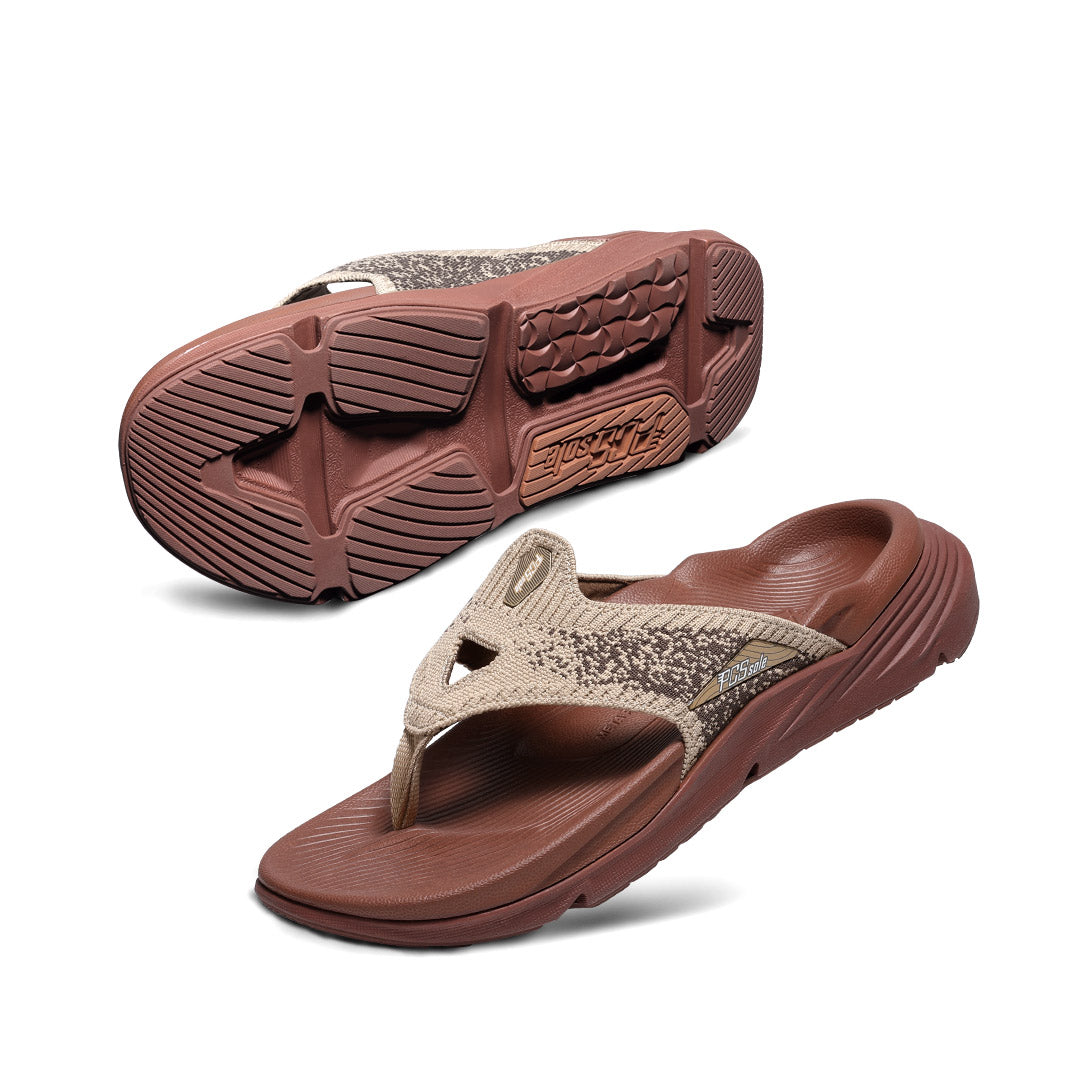
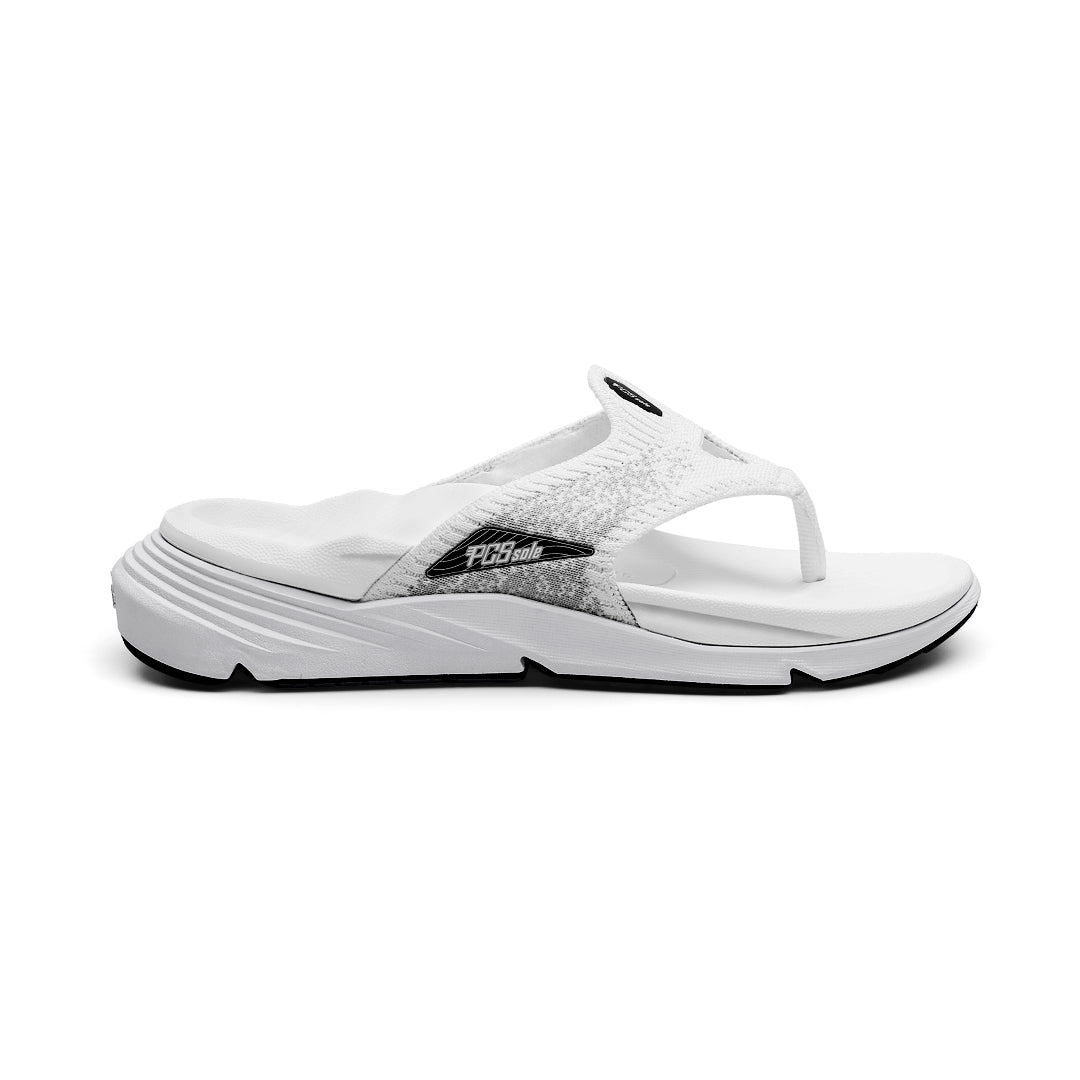

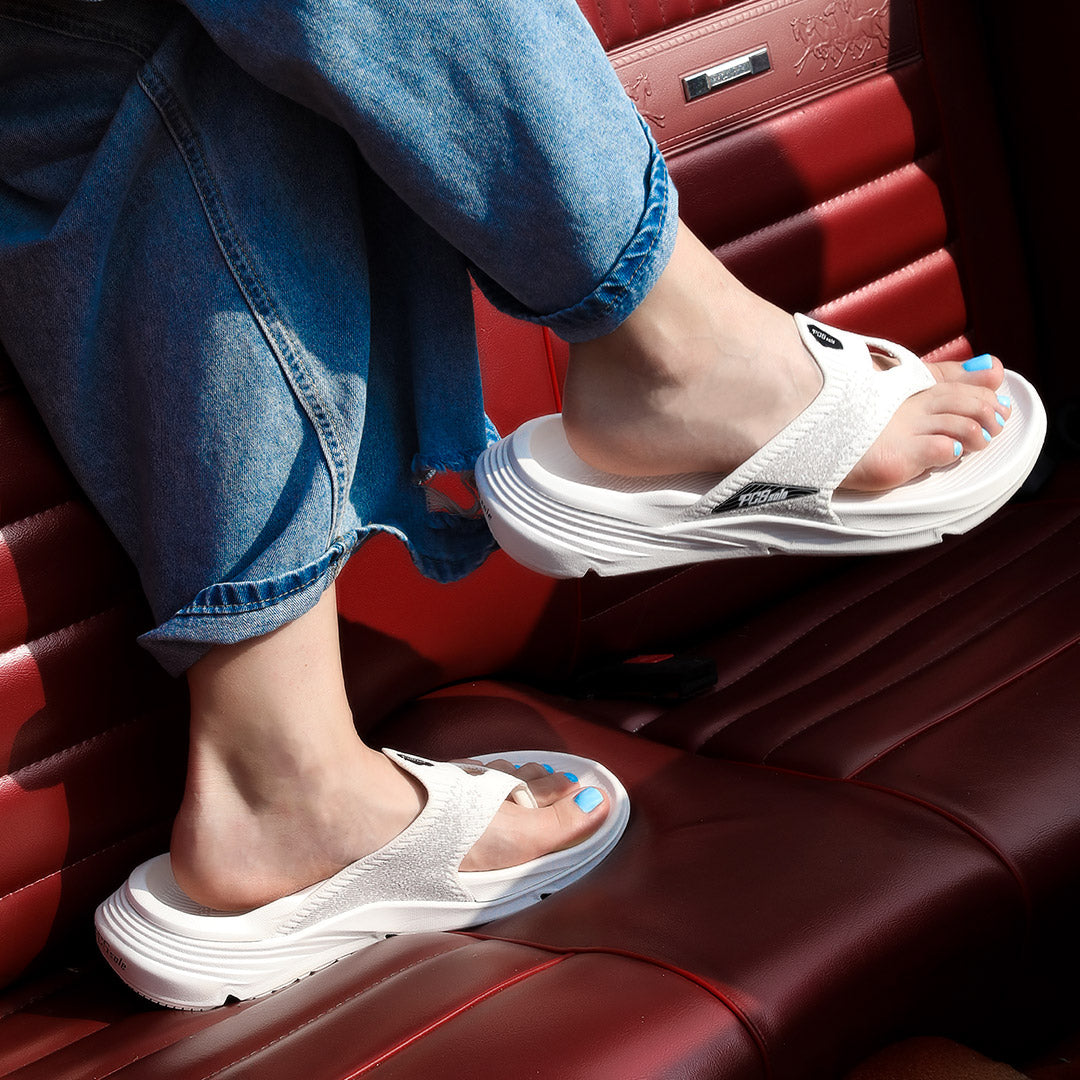
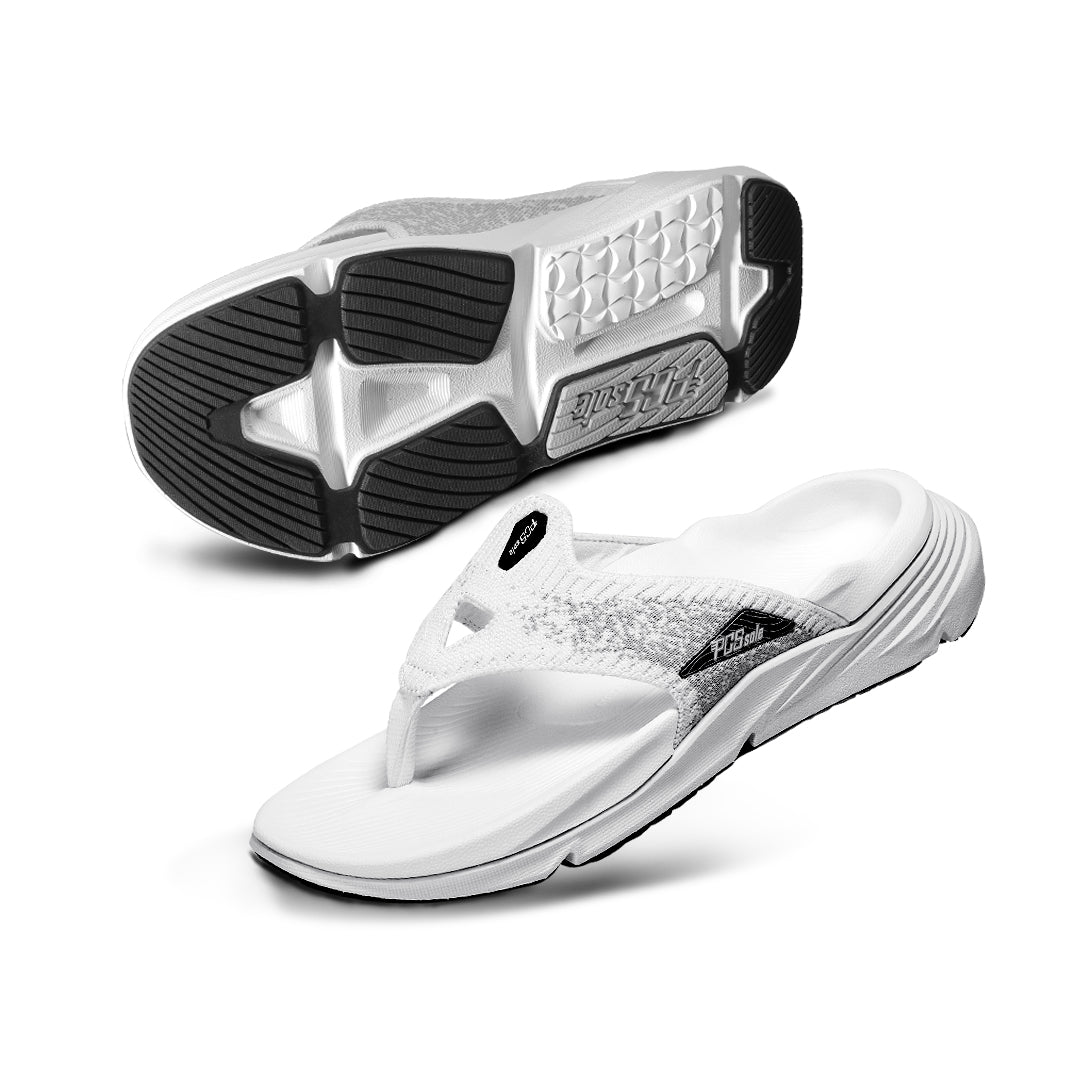
Aktie:
Foot Pain After Sleeping? 7 Reasons for Foot Pain at Night
2025 Best Flip Flops: Why Did Men Start Wearing Flip Flops?